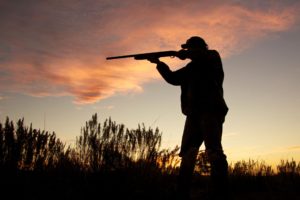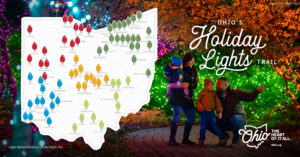The War to Save the Ash Tree is Over, and We Lost

 Consider this my modest requiem for our native ash trees.
Consider this my modest requiem for our native ash trees.
When you first spot a diseased or pest-ridden tree, as long as you hire the JC Tree Services Gold Coast (or someone similar) then the vast majority of the trees can be saved because the infected trees can be dealt with. But this only works if you act fast and notice the issues early on. This was not the case for us. The war against the Emerald Ash Borer is over. The borers won.
When Emerald Ash Borers are first found in a collection of ash trees, more often than not a tree service Washington DC company needs to be called so they are able to decide how to deal with the pest. In some cases, trees are removed, in others insecticide is used, and in a few cases, nothing can be done about it. That is, unfortunately, what is likely to happen to our beautiful trees.
This isn’t a “what if” or “could be” for our ash trees, this isn’t “raising the alarm.” This is a done deal; it’s over, and we lost. The invader has swept through, creating yet another hole in our eastern forestland ecosystem. Perhaps I am coming across a little melodramatic, but it makes me both sad and mad at the same time to see our woodlots changed forever.
If you want your children or grandchildren to remember these beautiful, useful trees, you might want to make a special trip to the woods this year and point out those trees that are still, as of yet, not infested by Emerald Ash Borers (EAB). Those trees will be getting harder and harder to find, and soon they will be gone.
To continue the military defeat analogy, local, state and federal forestry officials, and volunteers attempted to stop the EAB through quarantines and other means, establishing barriers at rivers and major highway corridors, but every year the front lines on the battlefield continued to expand.
The first white flags to go up were from various ash tree seed collection projects, with volunteers collecting the seeds from different ash tree species throughout their range and placing them in secure storage. The idea is to save a seed bank of ash trees and hopefully reestablish the species sometime after the EAB is gone.
I knew that the EAB was coming, but I had to have it pointed out to me.
A few weeks ago I visited a local farm with the service forester from the Ohio Department of Natural Resources’, along with our district conservationist from the Natural Resources Conservation Service, and the forester pointed out the damage to the landowner’s ash trees. As they say, what is once seen cannot be unseen, so now I see damaged ash trees everywhere I look – and they are literally everywhere.
Where typically the tree trunks would be sort of dark grayish-brown with mottled green patches, these trees exhibited large tan-colored patches up and down their trunks, the result of woodpeckers pecking to get to the larval EABs underneath the bark.
As indicated by their name, the insects bore into the tree and take up residence in layer between the bark and the sapwood, eating their way around the tree, effectively “girdling” it beneath the bark, starving it to death. Then the adult EABs fly off to repeat the cycle elsewhere in other ash trees.
Individual trees can be treated to kill the borers, but once they are infested it is too late. Dead and dying trees in urban and residential areas should be removed to prevent damage or injury from falling trees and branches, woodland owners have a short time to remove trees for timber or pulp, or for firewood. Currently only ash trees that are affected by the EAB.
Historically ash wood has been valued for use in tool handles and other implements requiring a hard, light wood. Most notably the famous Louisville Slugger baseball bat is made of ash wood.
There are at least two precedents for this kind of ecological disaster.
A hundred years ago, it would have been inconceivable to imagine that most of the American Chestnut trees would be gone from our forests, but today they are almost all gone, due to the chestnut blight that was accidentally introduced in the early 1900s.
The stately American Elm tree graced many small town streets prior to the introduction of Dutch Elm Disease in the late 1920s. The disease obliterated most of those residential elm trees, including the “Grand Old Elm” that stood at the corner of Third and Elm streets in Racine before being cut down in 1929-1930. In 1977 the residents erected a historical marker there commemorating the tree. Today, those elm trees that continue to survive in our woodlots generally die at a young age.
Eventually something else will fill that niche currently occupied by our ash trees, and landowners will have to be vigilant to ensure that it is not some harmful species such as the invasive, so-called Tree of Heaven. This also serves to continually warn us about the dangers of non-native insect pests and other hazards that can inadvertently be introduced into our ecosystem.
The ash trees in our woods will be gone soon but there is still hope for the species. The American chestnut and elm trees still exist, and efforts continue to reestablish them, perhaps one day there will be success and the ash tree will be restored as well.
Jim Freeman is the wildlife specialist for the Meigs Soil and Water Conservation District. His column, In the Open, generally appears every other weekend. He can be contacted weekdays at 740-992-4282 or at [email protected]








